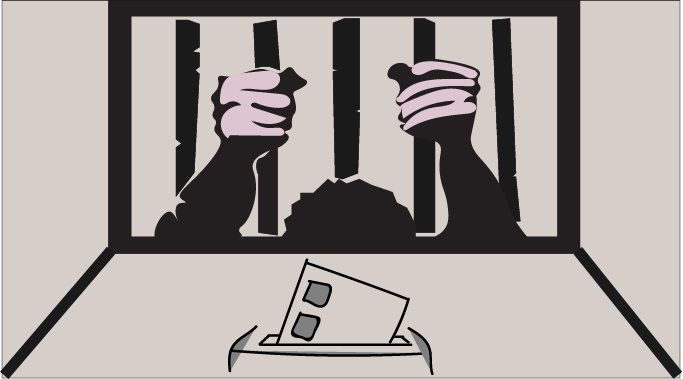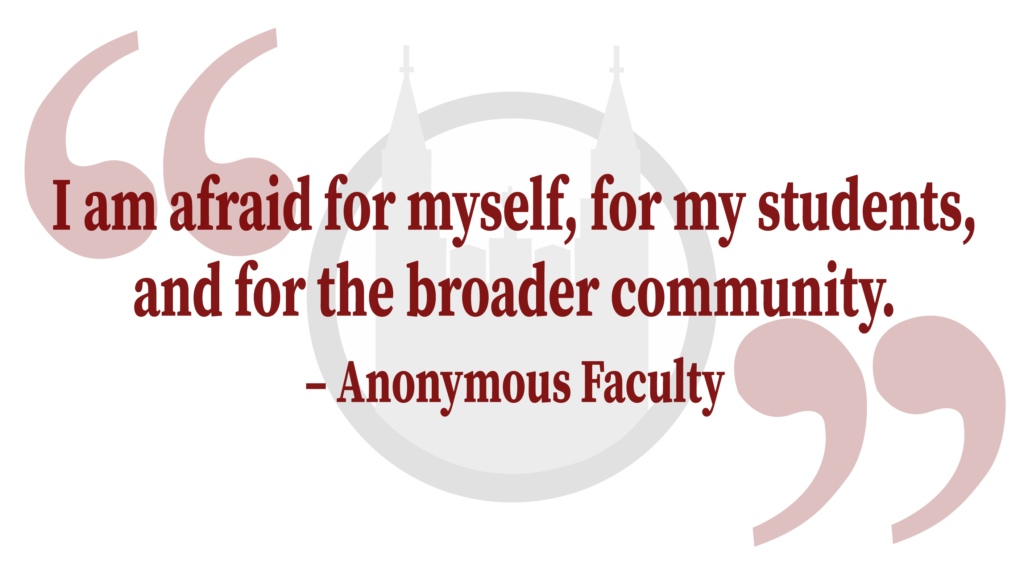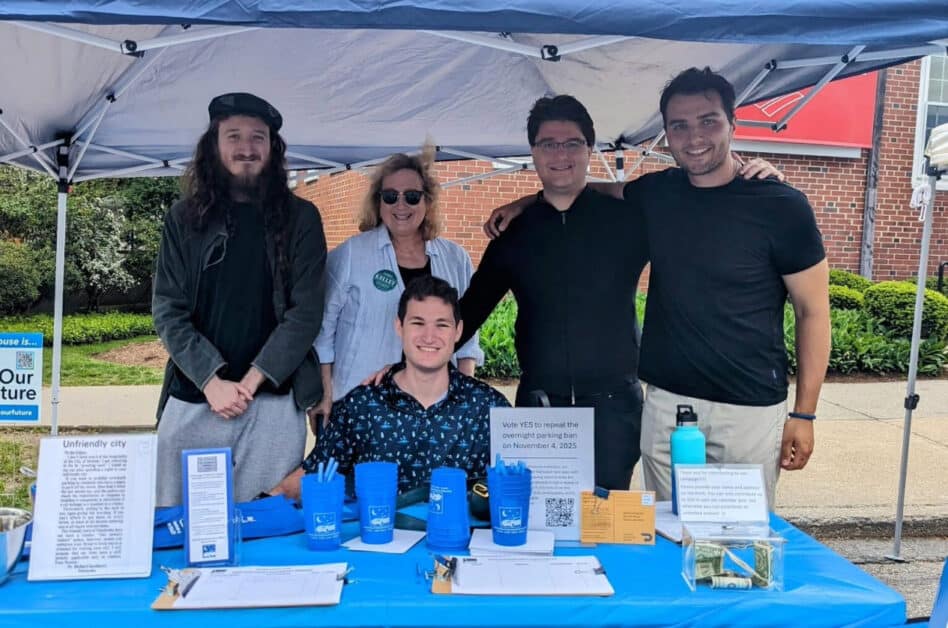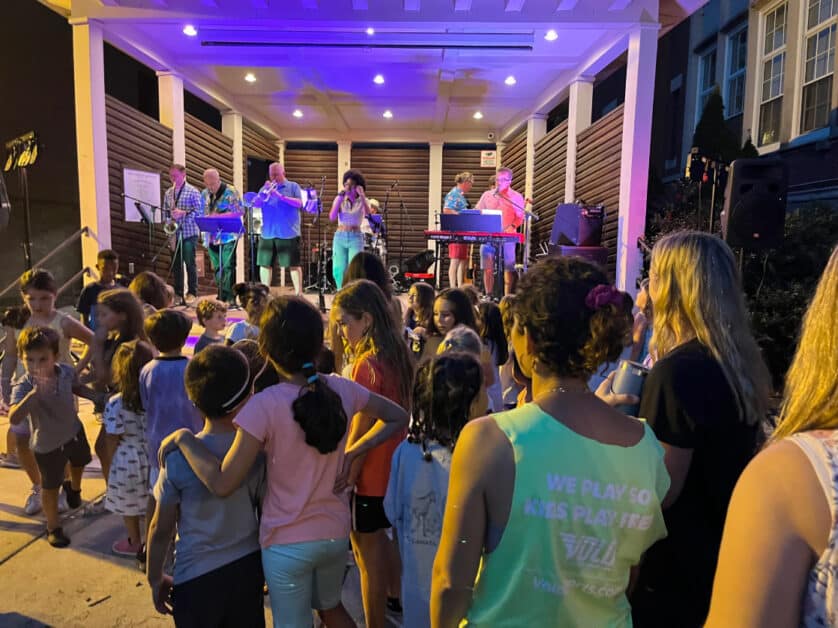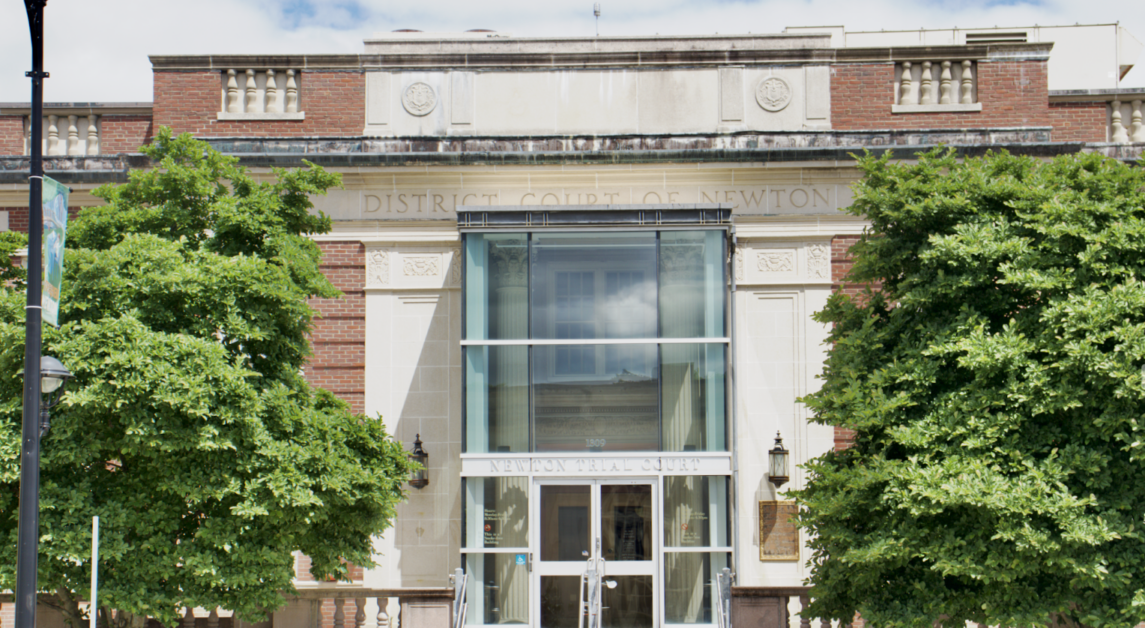You’ve probably heard the phrase “communication is key” before. In fact, you might even feel like you hear this general sentiment so often that you’re getting repeatedly hit over the head with a proverb, and it’s giving you a splitting headache that makes it impossible to say anything to the world around you, let alone to tell people your private emotions and thoughts.
For some reason, this ever-growing expectation—which probably stems from the culture of oversharing—that complete openness with the world around you will come naturally and easily to each person might actually make you feel even more tight-lipped. Maybe you feel like one of the final soldiers left standing in the war on personal privacy, or maybe you feel like the expectations are just too high and you’re afraid of judgment. Or maybe you’ve just been putting your big emotional reveal off, but figure if you’ve made it this far in life without spilling your secrets, why start now?
But deep down, you know that this is a skill that you should strengthen, that you want to strengthen, because you feel like you have something—maybe it’s a secret, or opinion, or strange thought—buried inside you. Even if it’s an inconsequential little thing, letting it out would feel spectacular, yet as you stare into the eyes of the expectant listener across from you, your courage fails and the sentiment that was on the tip of your tongue shrivels up.
If you happened to pass through the Rose Kennedy Greenway last week, you might have found exactly what you needed. As you passed through, you would have noticed a giant white dome plunked in the middle of the grass. If you were intrigued by this marshmallow-like structure, you probably walked closer, allowing the lines of the blob to solidify, and its outline to slowly come into focus. Oh, you probably thought, it looks like a giant speech bubble. And as you continued moving closer, the black lines on the giant speech bubble would become huge letters that spelled out TRUTH right above a small white curtain that you could easily pull aside.
This huge and mysterious structure is the Truth Booth—an interactive art installation that inhabited the Greenway between April 13 and 15. People of all ages were encouraged to enter the booth one by one, and once inside were prompted to record a video of themselves. They could say anything they wanted, as long as they began with “the truth is…”
The project, which is called In Search of Truth, was created by Cause Collective, a group of innovative minds dedicated to creating public art. The Truth Booth is one of these works, and over the past five years it has traveled to locations across the world in order to collect truths from as many people as possible, the recordings of which the artists eventually compile into longer films.
With the upcoming election in America, the minds behind the project have launched a Kickstarter to raise the $75,000 needed to take the Truth Booth on a journey across all 50 states. According to its statement on Kickstarter, the group hopes to provide an interactive platform for the nation to share their truths on the upcoming election.
So maybe this is the kind of communication that not just individuals, but also cities and countries and nations, ultimately need. The Truth Booth is a special kind of over-sharing, a platform from which someone can throw their thoughts into a void without fearing judgment. Just like a test run for personal expression, they can practice sharing in front of a camera, and strengthen the muscles they need to share with the people around them.
But the recent surge of inflatable art that has swept across Boston is even more fascinating. Beginning with the Museum of Fine Art’s inflatable flower and inflatable fruit tree, the inflatable Truth Booth is Boston’s third inflatable installation in the past month. These works are fleeting, there one day and gone the next, never to be seen again. And maybe, in the Internet age when leaving our pasts behind and starting afresh is essentially impossible, it is this kind of impermanence that enchants us. Maybe that is why people are afraid to communicate in the first place: they are afraid that they will never be able to take it back.
Featured Image by AP Photo/ Wilfredo Lee


